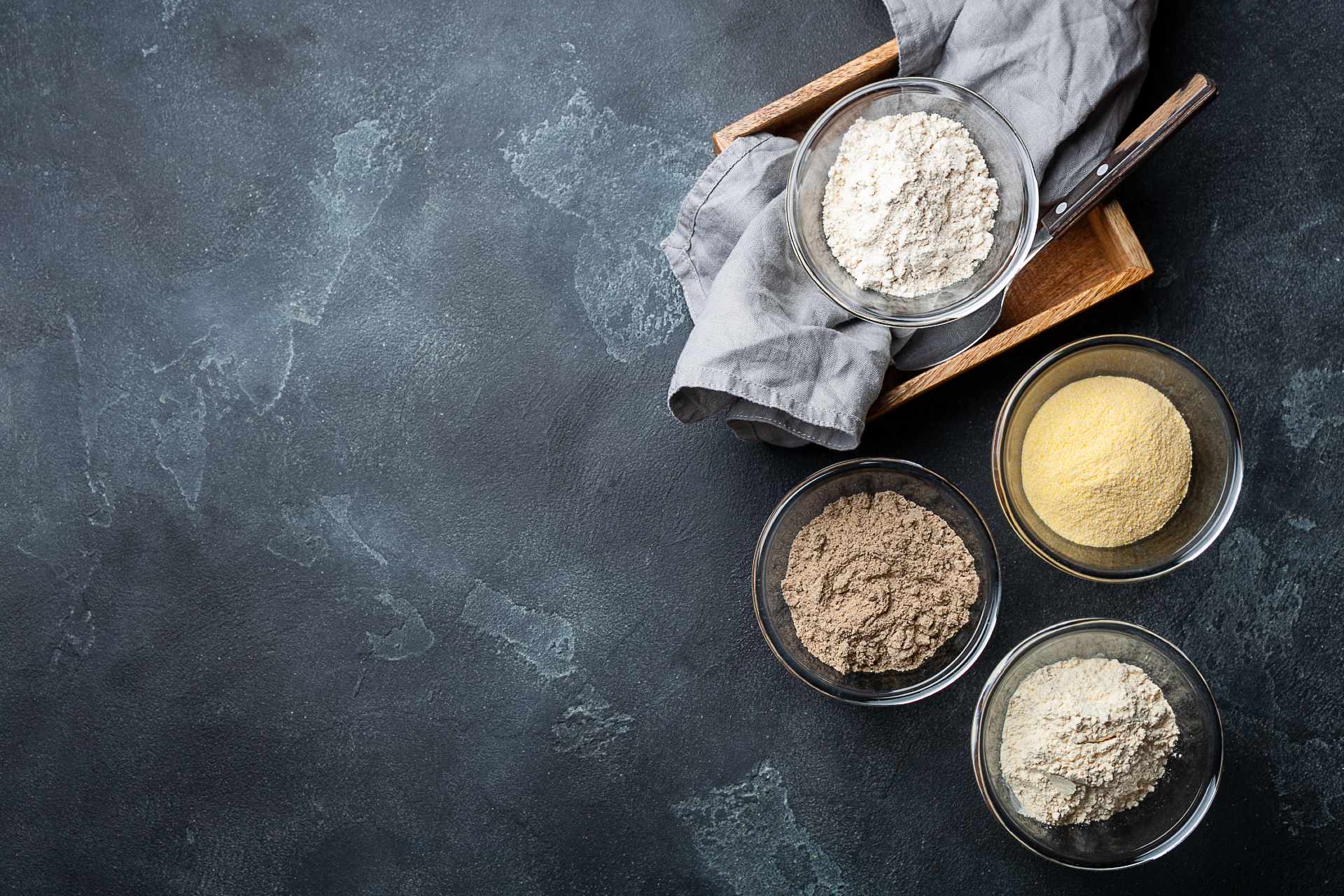Flour is one of the most important ingredients in any baking project, and a pantry staple in most people’s kitchens. When you’re buying flour from the store, you may have noticed that, among the many other different types of flour, some will be marked as ‘bleached’ and others as ‘unbleached’. If you’re wondering which type you need, take a look at our guide to the key differences between bleached and unbleached flour.
The main thing that separates bleached flour and unbleached white flour is how they get their white colour. White flour is typically made from milled wheat - although many other types of flour are also available - with most of the bran and germ from the grain removed. This means that white flour is paler than wholegrain flour, but when it is first milled, it is actually a yellowish colour, rather than pure white.
Flour gets its colour from naturally-occurring substances called carotenoid xanthophylls, and if left to age, these substances will oxidise, changing the colour of the flour from yellow to white. Ageing flour naturally can take between 1 to 2 months, however, and many producers in the USA add bleaching agents like benzoyl peroxide to speed up the process. This flour is known as bleached flour, while flour that is whitened naturally, through ageing, is known as unbleached flour.
What is bleached flour?
The bleaching process can strip some of the nutrients out of the flour, but both bleached and unbleached flour is often fortified with extra vitamins and minerals, so these can simply be added back in after bleaching. Bleached flour and unbleached white flour are typically almost identical in terms of nutrients, with both containing the same amounts of protein, fat, carbohydrates, and fibre, as well as the same number of calories per cup.











